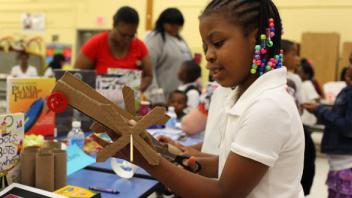Inventors, scientists, and mathematicians are all creative problem solvers. Creativity is an important characteristic to foster in your child. Fostering a creative spirit will give your child experience identifying a problem and coming up with new ideas for solving it. Here are four ways to encourage creativity in your young child.
Be curious
Most inventors are creative people with a wide range of interests. Foster your child’s interests through books and conversations. Is your child interested in stamps? Coins? Bugs? Rocks? Use your public library to check out books and other resources on the topic. Be aware of community events such as bird walks and hand-on activities that will help your child explore their interest. Encourage your child to become a collector.
Let creativity flow
Help your child develop creative fluency and flexible thinking. One fun way to do that is to think of an ordinary household tool, like a paper clip or a clothes hanger. Have your child think of all the possible things that could be made out of that item. Coming up with lots of ideas gives your child practice with exhausting all ideas. For example, a stick could become:
- A magic wand
- A way to prop open a window
- A tool to poke imaginary creatures
- A way to hold hair in a bun
- What else?
Make mistakes
Did you know that Silly Putty was discovered accidentally when the General Electric Company attempted to find a substitute for rubber during World War II? Since then, over 200 million plastic eggs, containing 3,000 tons of Silly Putty, have been sold. Many inventions come from what feels like a mistake. Help your child understand that mistakes provide opportunities to learn. It will help if you share mistakes you’ve made recently too!
Never stop learning
Despite a very busy schedule, try to find a moment to look at an everyday item or event in a new way. Creativity can make common things special and special things more common!
Setting the right tone and atmosphere at home will foster creativity and learning. Ask open-ended questions that have multiple answers. Give your child the freedom to try and to make mistakes, even if things don’t work out as planned. Praise your child’s effort, or process, rather than praising the outcome or product. And most importantly, have fun with the creative young learner in your life!
Recommended children’s books
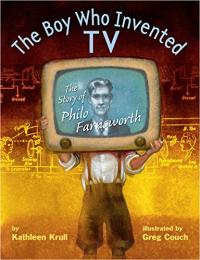
The Boy Who Invented TV: The Story of Philo Farnsworth
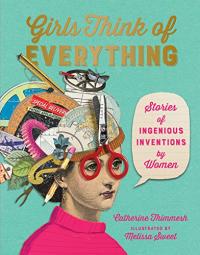
Girls Think of Everything
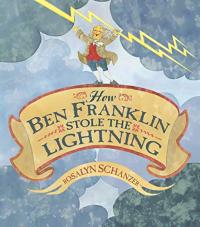
How Ben Franklin Stole the Lightning
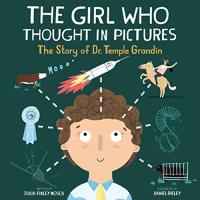
The Girl Who Thought in Pictures: The Story of Dr. Temple Grandin
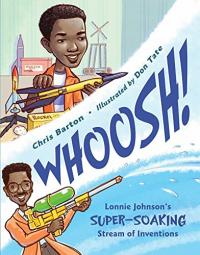
Whoosh! Lonnie Johnson’s Super-Soaking Stream of Inventions
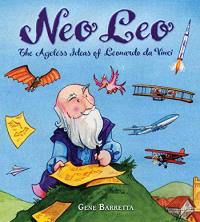
Neo Leo: The Ageless Ideas of Leonardo da Vinci
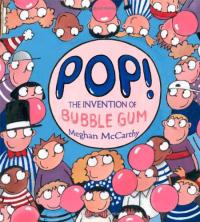
Pop! The Invention of Bubble Gum
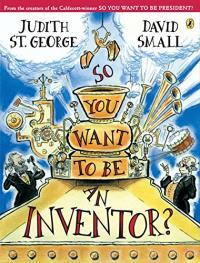
So You Want to Be an Inventor?
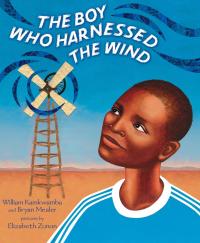
The Boy Who Harnessed the Wind
Download this article in Spanish
Subscribe to Growing Readers!
Get our free monthly parent tips — in English and Spanish — delivered right to your inbox!
